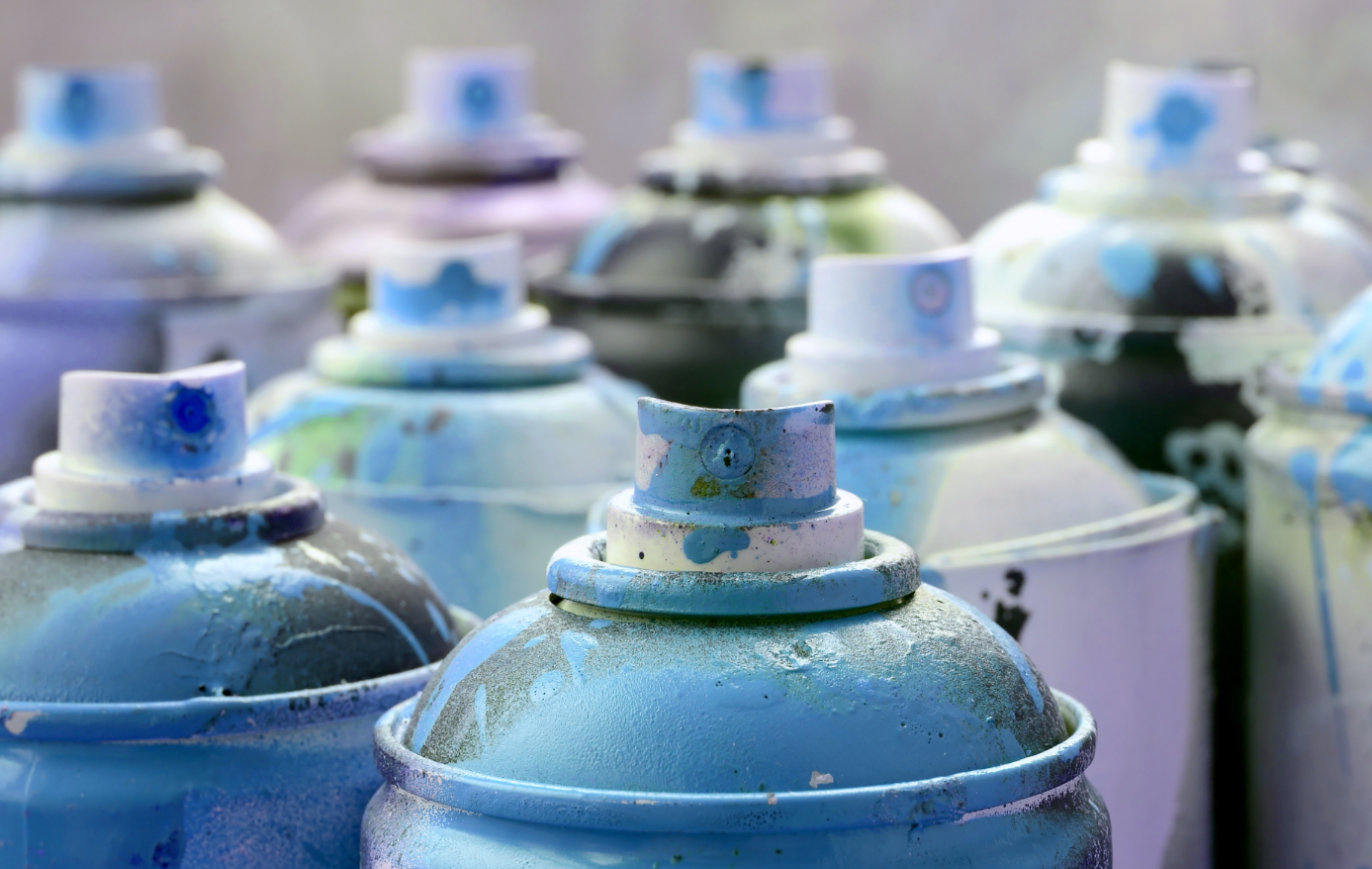
What is Universal Waste?
When a task has many steps or requires a lot of time, many people are prone to take shortcuts or search for alternative solutions. The same goes for waste disposal. In a perfect world, all materials would be properly disposed of—but that is not currently the case. The Environmental Protection Agency created a universal waste program to help encourage the proper disposal of commonly-generated types of hazardous waste with reduced regulatory burden on the generator.
What is Universal Waste?
Universal waste is a form of hazardous waste that is widely generated both in industry and households. It is generally grouped in one of five categories:
1. Batteries
A battery consists of connected electrochemical cells that receive, store, and deliver electrical energy. Although all batteries meet this definition, not all batteries are classified as universal waste. Common universal waste batteries include, but are not limited to:
- Nickel Cadmium
- Lithium Ion
- Mercury-oxide Batteries
Alkaline batteries are not considered hazardous waste and can be disposed of in the regular trash or in collection locations offered by some communities. For more regulatory information regarding universal waste batteries, review section 40 CFR 273.2.
2. Pesticides
Pesticides are substances used to kill or ward off unwanted plants or animals. A universal waste pesticide is defined as an unused, suspended or recalled substance that is eligible for management. Applicable pesticide regulations can be found in 40 CFR 273.3.
3. Mercury-Containing Equipment
This equipment can be defined as a device or part of a device that contains elemental mercury, including:
- Thermostats
- Barometers
- Pressure gauges
- Relay Switches
But not all mercury-containing equipment can be classified as universal waste. When disposing of these instruments, refer to 40 CFR 273.4.
4. Lamps
Lamps are defined as the bulb or the tube portion of an electrical lighting device. To be classified as universal waste, a lamp must contain specific contaminants. Examples include:
- Fluorescent Lamps
- High Intensity Discharge Lamps
- Neon Lamps
- Metal Halide Lamps
5. Aerosol Cans
A non-refillable container of a compressed or liquefied gas, aerosol cans are used to propel liquid, paste, or powder under pressure. Aerosol cans that are empty containers, not classified as a hazardous waste, or do not contain a substance that is listed in 40 CFR 261 subpart D cannot be deemed as a universal waste.
Important Notes
Some states include additional materials in their universal waste program beyond those that are included in the federal program. For example, Ohio includes paint and paint waste while Michigan includes pharmaceuticals. Be sure to check your state-specific regulations for additional details.
It is also important to note that waste generated from spills or leaks of a universal waste is subject to full hazardous waste regulation and may require further testing to determine if it is a hazardous waste.
Why is the Universal Waste Program Important?
The EPA created this program to endorse the process of proper waste collection and recycling. This program has decreased the regulatory burden and has simplified the steps necessary for proper collection, transport, and disposal to protect our environment by reducing the improper disposal of hazardous wastes to landfills or combustors.
How Can I Get Help With Waste Disposal?
For more information on universal waste and hazardous waste disposal, reach out to EnviroServe. With 30 years of experience in hazardous and non-hazardous waste disposal and transportation, we can help you navigate waste requirements. Call (800) 488-0910 for all your waste management needs.




